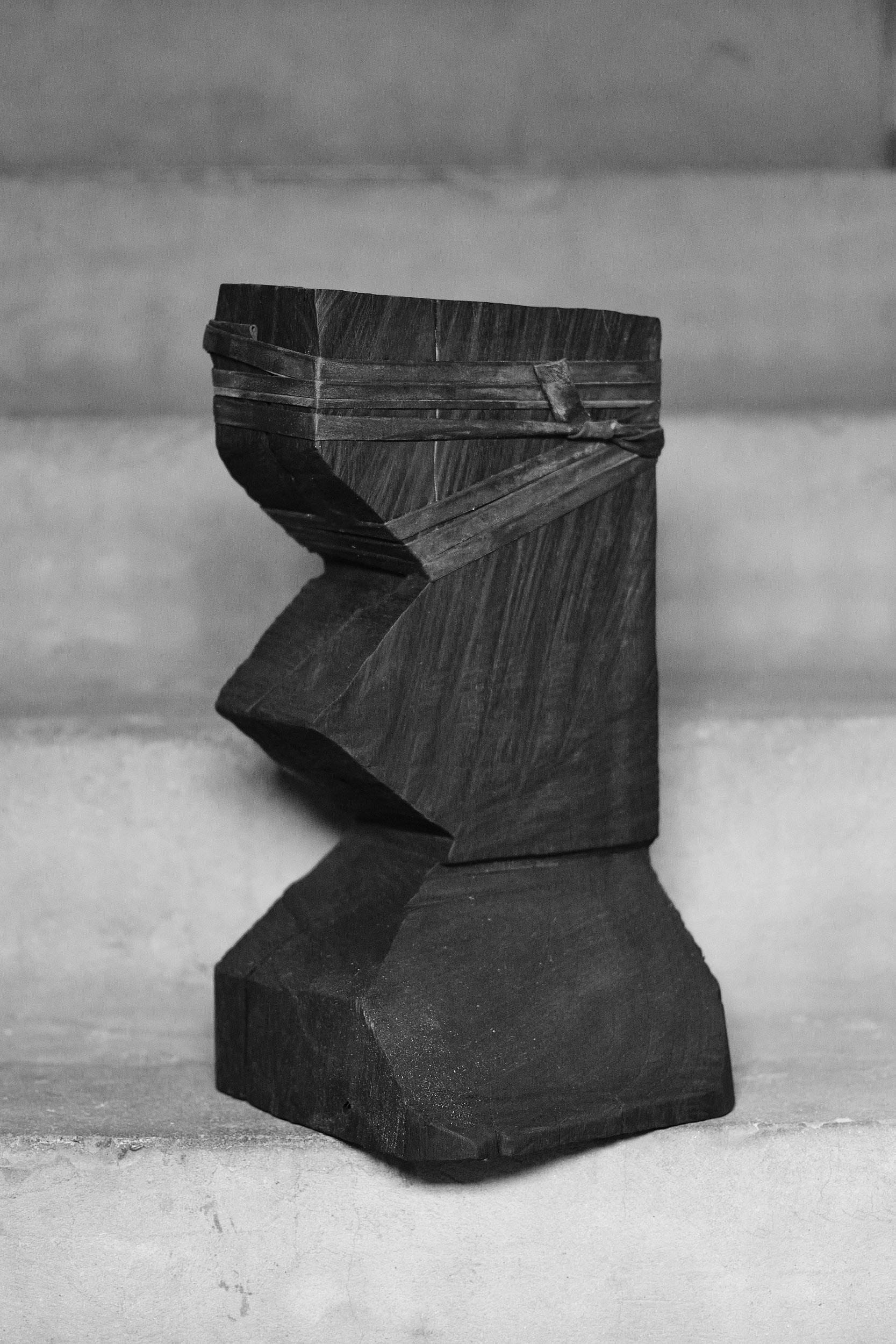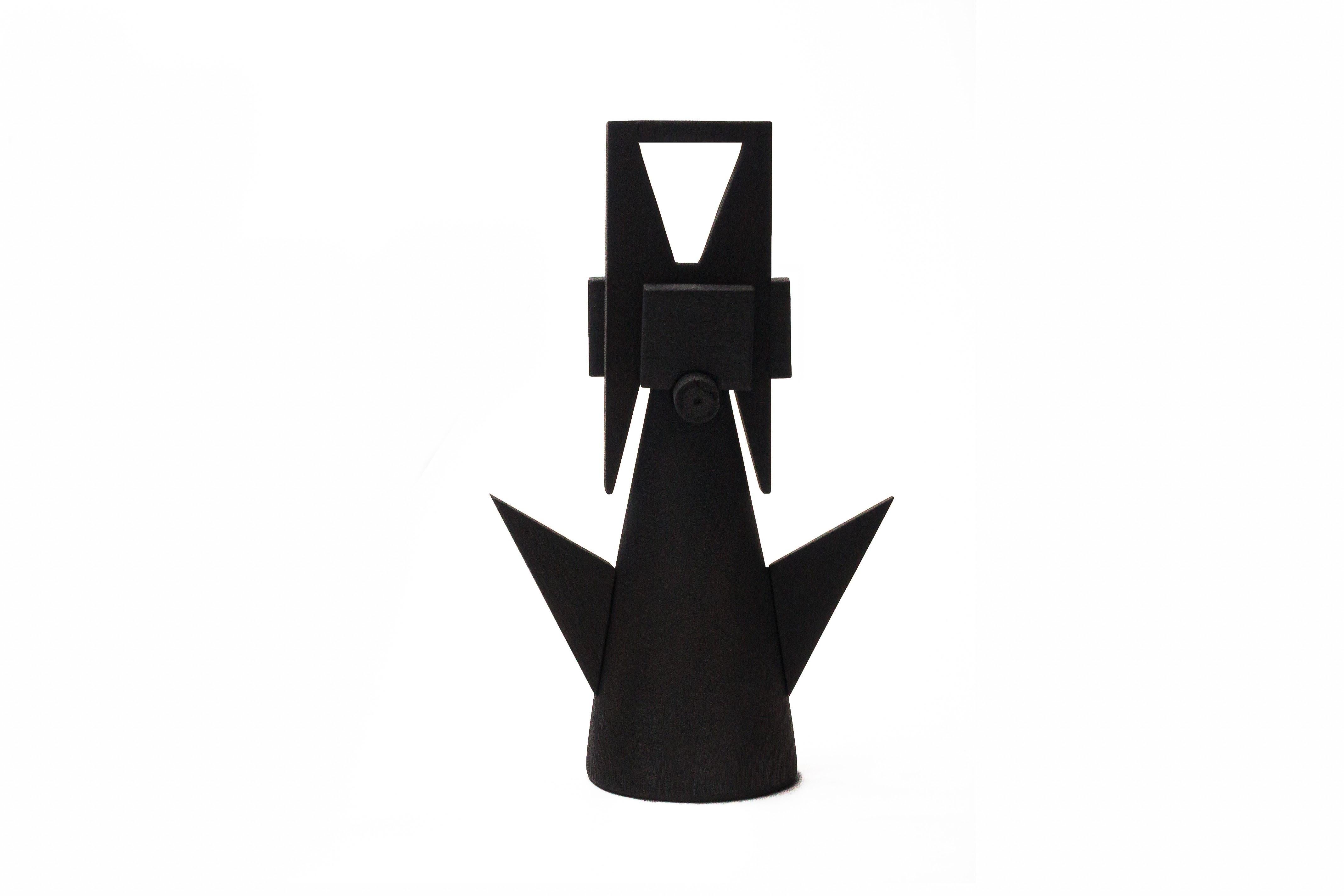Items Similar to Venetian Frame, 17th Century Gilt Carved Wood
Want more images or videos?
Request additional images or videos from the seller
1 of 2
UnknownVenetian Frame, 17th Century Gilt Carved Wood
About the Item
Venetian Frame
17th Century
Gilt carved wood
Sight size: 30 x 26 cm (The middle being the largest size)
Exterior size: 52 x 47 cm
Due to the curves of the sight size these are rough sizes
- Dimensions:Height: 20.48 in (52 cm)Width: 18.51 in (47 cm)Depth: 2.37 in (6 cm)
- Medium:
- Period:
- Condition:
- Gallery Location:London, GB
- Reference Number:1stDibs: LU5247260692
About the Seller
5.0
Vetted Seller
These experienced sellers undergo a comprehensive evaluation by our team of in-house experts.
Established in 2007
1stDibs seller since 2014
63 sales on 1stDibs
Typical response time: 2 hours
- ShippingRetrieving quote...Ships From: London, United Kingdom
- Return PolicyA return for this item may be initiated within 14 days of delivery.
More From This SellerView All
- Carved Frame, 16th Century European SchoolLocated in London, GBEuropean School 16th Century Carved Frame Fruit woodCategory
18th Century and Earlier More Art
MaterialsWood
- Oak and Marble 18th Century French CommodeLocated in London, GBOak with marble top Height: 55 inches (86.25 cm) Width: 55 inches (140 cm) Provenance Château de Mareil Le Guyon This commode is available to view at our gallery on Cecil Court. Jean-Pierre Latz Jean-Pierre Latz was one of the handful of truly outstanding cabinetmakers working in Paris in the mid 18th-century. Like several of his peers in the French capital, he was of German origin. His furniture is in a fully developed rococo style, employing boldly sculptural gilt-bronze mounts complementing marquetry motifs of flowers and leafy sprays, in figured tropical veneers like tulipwood, amarante, purpleheart and rosewood, often featuring the distinctive end-grain cuts. He also produced lacquered pieces, most famously the slant-front desk in the collection of Stavros Niarchos...Category
18th Century French School More Art
MaterialsMarble
- Shepherd with his Herd at DuskLocated in London, GBOil on oak panel Image size: 11 1/2 inches circular diameter (29 cm) Hand carved gilt frameCategory
17th Century Landscape Paintings
MaterialsOil, Oak
- Portrait of a Trepanning Surgeon, Early 17th Century Oil PaintingLocated in London, GBOil on oak panel, inscribed top left ‘AETATIS SUAE 32’ Image size: 27 x 35 inches (68.5 x 89 cm) Contemporary style handmade frame This is a portrait of a medical figure from the ea...Category
Early 17th Century Portrait Paintings
MaterialsOak, Oil
- Nude Statue, 20th Century Carved OakLocated in London, GBCarved Oak, 20th Century European School Nude Statue Height: 21 3/4 inchesCategory
20th Century Modern Figurative Sculptures
MaterialsOak
- Landscape with Rocky VistaLocated in London, GBOil on oak panel Image size: 6 1/4 x 6 1/4 inches (15.75 x 15.75 cm) Period ebonised frame Patinir’s poetic imagination allowed him to express an idealised world, or one steeped in pathos, with profound sentiments, and always with perfect technique. The level of detail in this work is astonishing and the viewer is sure to make new discoveries every time that they gaze upon it, such as the birds diving down from the rocky form or the spindly poles that hold up the bowing bridge. Patinir's landscapes recall the background landscapes in the work of his contemporary Netherlandish painters, such as Gerard David. His magnificent rendering of light and shadows also foreshadow the great Dutch masters of the 17th century; as well does his excellent use of colour—especially his delightful range of blues and greens. Together, these traits make his works both innovative and uncommonly attractive. Here, although the scene is populated, the figures are small and the landscape assumes increasing importance. Joachim Patinir Joachim Patinir, who was born on the banks of the Meuse River, is considered the first Flemish landscape painter. His vast, highly personal landscapes are characterized by large expanses of terrain with high horizons and fantastic outcroppings of pointed rock that combine real and symbolic. He is thought to have begun his career in Bruges, where he discovered the work of Gérard David, but like David, he appears on a list of Antwerp-based masters in 1515. There, he met and befriended Albrecht Dürer, who visited the Netherlands in 1520-1521. Dürer subsequently painted his portrait and even attended his daughter’s wedding. Patinir was also friends with Quintin Massys, who painted some of the figures in his works. Their friendship was so lasting that Massys’ son, Cornelis, apprenticed with Patinir. Cornelis eventually married Patinir’s daughter, Francisca Buyts, and the elder painter became their tutor. In 1521, Patinir remarried, this time to Jeanne Nuyts. His life was quite short, and he produced relatively few paintings, notwithstanding certain mediocre works erroneously attributed to him. His fame is due primarily to his final paintings, whose masterful technique and creativity were praised by his peers. In his travelogue, Dürer called him "a good landscape painter", and Felipe de Guevara, a friend and artistic assessor to both Charles V and Philip II, mentions him in his "Commentaries on Painting" (1540) as one of the three greatest painters, alongside Rogier van der Weyden and Jan van Eyck. His work was also very successful on the art market, especially when we recall that, in 16th-century Antwerp, artists did not work on commission. Instead, they sold finished works to their clients. From the very start, Patinir’s paintings reflect the influence of Hieronymus Bosch, although they lack that master’s satirical edge. He was also influenced by Gérard David, from whom he drew his perfect execution as well as his taste for landscape. His name appears on two early works—"Saint Jerome" (Staatliche Kunsthalle, Karlsruhe) and "The Flight to Egypt" (Koninklijk Museum voor Schone Kunsten, Antwerp)—but his inscriptions on three other panels—"The Baptism of Christ" (Kunsthistorisches Museum, Vienna), "Landscape with...Category
16th Century Flemish School Landscape Paintings
MaterialsOak, Oil
You May Also Like
- 'Tatam B' Wooden Sculpture by Camilo Andres Rodriguez MarquezBy Camilo Andres Rodriguez MarquezLocated in Paris, FRTatam B by Camilo Andres Rodriguez Marquez Burnt Wood Sculpture Dimensions: H. 35 x 25 x 25 cm Camilo Andres Rodriguez Marquez is a Colombian b...Category
21st Century and Contemporary Contemporary Figurative Sculptures
MaterialsWood
- Lulo 1 - Wood sculpture by Zlata Kornilova, Yakisugi techniqueLocated in Paris, FRSculpture Lulo 1 Limited edition of 12 Dimensions : H. 80 cm x D. 27 cm Mediums: Ash, oil, brass Japanese technique Yakisugi LULO - Collection Climbing. Both word and action are ...Category
21st Century and Contemporary Abstract Abstract Sculptures
MaterialsSteel
- 'Custodian' Wooden Sculpture by Camilo Andres Rodriguez MarquezBy Camilo Andres Rodriguez MarquezLocated in Paris, FRCustodian I by Camilo Andres Rodriguez Marquez Burnt Wood Sculpture Dimensions: H. 34 x 22 x 15 cm Camilo Andres Rodriguez Marquez is a Colombi...Category
21st Century and Contemporary Contemporary Figurative Sculptures
MaterialsWood
- 'Arbegas A' Wooden Sculpture by Camilo Andres Rodriguez MarquezBy Camilo Andres Rodriguez MarquezLocated in Paris, FRArbegas A by Camilo Andres Rodriguez Marquez Burnt Wood Sculpture Dimensions: H. 171 x 52 x 41 cm Camilo Andres Rodriguez Marquez is a Colombia...Category
21st Century and Contemporary Contemporary Figurative Sculptures
MaterialsWood
- 17th Century Flemish Sculpture of a Religious FigureLocated in Rochester, NYAntique carving of a saint or martyr. 17th century Flemish hardwood carving. Wonderful wear and rich color.Category
17th Century Old Masters Figurative Sculptures
MaterialsWood
- Opus 800, wooden assemblage modern art sculpture by Robert KlippelBy Robert KlippelLocated in Zug, CHROBERT KLIPPEL (1920-2001) Opus 800 1989 Painted wood assemblage 146 x 334.5 x 85 cm 57.48 x 131.69 x 33.46 inches Cat. rais. no. 800 Regarded as Australia’s leading sculptor, Rober...Category
20th Century Abstract Sculptures
MaterialsWood
Recently Viewed
View AllMore Ways To Browse
Antique Carved Wood
Antique Wood Art
Wood Art Frames
Gilt Framed Art
Framed 17th Century
Venetian Art
Venetian Frames
Carved Wood Art Framed
Venetian Carved
17th Century Carved Wood
Rough Wood
17th Century Gilt
Gilt Wood Venetian
Exterior Carved Wood
17th Century Gilt Frame
17th Century Gilt Wood
Venetian Carved Frame
17th Century Venetian



